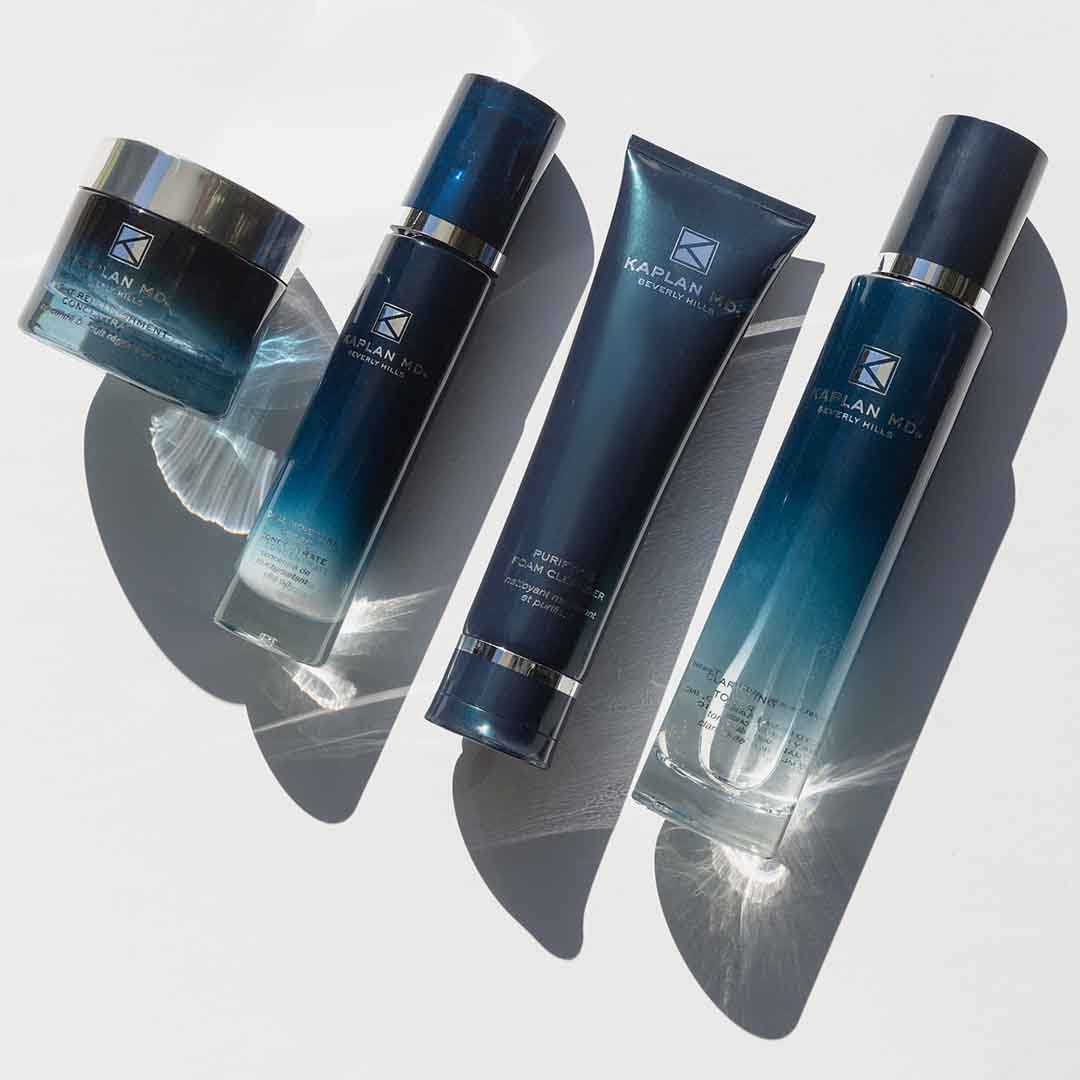Bestsellers
Collections
5 Common Sunscreen Ingredients You Should Avoid At All Costs
May 17, 2017 3 min read
Roaming the sunscreen aisle can be a daunting task. There are so many products on the market with lengthy lists of ingredients and choosing the one that is best for you can be overwhelming. To add insult to injury, all sunscreen ingredients ARE NOT created equal, and some of the most common ones can actually be quite harmful. We drafted up a list of the five worst offenders to assist you on your quest for the perfect sunscreen.
Oxybenzone This ingredient is intended to help other ingredients penetrate the skin but it undergoes a chemical reaction when exposed to UV rays. Once absorbed into the skin, an allergic reaction can occur that appears similar to eczema. Experts have also long suggested that oxybenzone can disrupt the endocrine system and disrupt your hormones.
Octinoxate Octinoxate is another ingredient meant to help with absorption that has also been linked to hormone disruption. The effects of this chemical on estrogen can affect humans and also contaminate any water it comes into contact to. It also produces free-radicals that have been shown to damage the skin and skin cells.
Retinyl Palmitate (Vitamin A Palmitate) Just like the vitamin A we eat, retinyl palmitate is an antioxidant. As an ingredient in sunscreen, it's function is to improve the product's performance against the aging effects of UV exposure, When exposed to the sun's UV rays, retinol compounds break down and produce destructive free radicals that are toxic to cells, damage DNA, and may lead to cancer. In fact, FDA studies have shown that retinyl palimitate may speed the development of malignant cells and skin tumors when applied to skin before sun exposure, so steer clear of skin sun products that harbor the stuff.
Octocrylene When this chemical is exposed to UV light, it absorbs the rays and produces oxygen radicals that can damage cells and cause mutations. It is readily absorbed by your skin and may accumulate within your body in measurable amounts. Plus, it can be toxic to the environment.
Paraben Preservatives Associated with both acute and chronic side effects, parabens (butyl-, ethyl-, methyl-, and propyl-) can induce allergic reactions, hormone disruption, developmental and reproductive toxicity. While butylparaben was reported to be non-carcinogenic in rats and mice, but it has been previously suspected that parabens and other chemicals in underarm cosmetics may contribute to the rising incidence of breast cancer.
...and now, some SPF ingredients you should look for:
Titanium Dioxide/Zinc Oxide If you see claims of "Physical Sunscreen" on a label, these are the ingredients they are likely referring. These types of sunscreens are made from minerals and and provide protections against the full spectrum of ultraviolet radiation, are less irritating and begin providing protection immediately (vs. chemical sunscreens which require 20-30 minutes to absorb).
SmartVector UV This ingredient is actually a patented anti-oxidant that helps preserve the integrity of your sunscreen until you are actually exposed to sunlight. SPF begins to degenerate the moment we apply it to our skin, which is why it needs to be reapplied so often in order to be effective. Often, if you apply SPF as a part of your morning routine, but don't actually head outside for a few hours, your SPF will likely have lost all its efficacy by the time you are outdoors, leaving you unknowingly vulnerable to sun damage. SmartVector UV preserves the SPF and does not activate until it is exposed to UVA/UVB rays, so even if you spend much of the day inside, your sunscreen will work as it should the minute you step into the sun.
Also in Beauty News & Tips

Glow Delay: How to Reset Your Skin After Travel, Late Nights, and Long Flights
April 24, 2025 3 min read
Read More
The Secret to Sculpted, Lifted Skin? It’s Simpler Than You Think
April 02, 2025 3 min read
Read MoreGet 15% Off Your First Purchase
Stay in the loop with exclusive discounts, expert skincare tips, the latest news, and more. Don't miss out on the opportunity to elevate your skincare routine and save on your favorite products.









